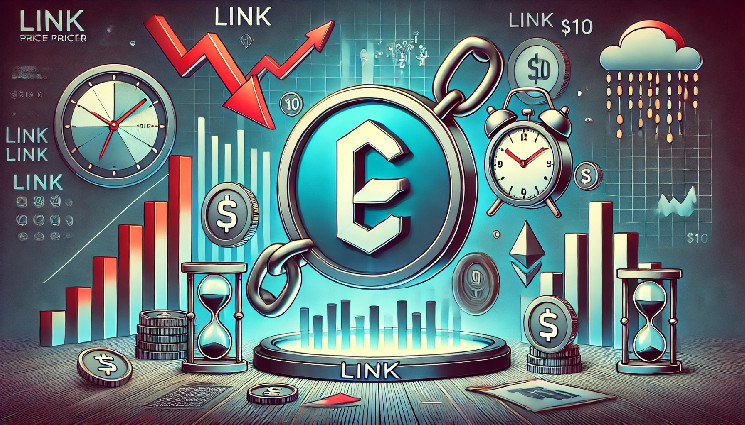- Chainlink’s decentralized oracle network enables smart contracts to access off-chain data, making it indispensable for Web3 applications, much like Cisco’s routers and switches powered internet connectivity.
- Its technology is integral to leading DeFi projects like Aave and Uniswap, underscoring its role in scaling decentralized applications.
Chainlink (LINK) is increasingly compared to Cisco, the networking giant that laid the foundation for the internet in the 1990s. In this way, it is positioning itself as a cornerstone of blockchain technology, providing critical infrastructure and enabling Web3 development. Here’s why industry experts think Chainlink mirrors Cisco’s transformative role in the early internet era.
Why Chainlink Is The Cisco of the Blockchain Industry?
- A Provider of Critical Infrastructure
The blockchain network is best known for its decentralized oracle network, which bridges smart contracts with off-chain data like financial market prices, weather reports, and payment systems. This foundational layer allows blockchain applications to function effectively, much like Cisco’s routers and switches-enabled internet connectivity. By creating this essential infrastructure, Chainlink has become indispensable for blockchain ecosystems, reported CNF.
- Adoption by Early Innovators
Chainlink has already been integrated into many decentralized finance and blockchain projects, including Aave and Uniswap. The pioneers of these projects rely on the Chainlink technology to operate safely and efficiently. Cisco also made similar deals with internet pioneers back in the 1990s, becoming the go-to networking solutions provider.
Without guaranteed data feeds and interoperability, decentralized applications, gaming platforms, and enterprise blockchain solutions cannot scale. Chainlink is the equivalent of Cisco technology that enables websites, email services, and e-commerce to scale. Both have been instrumental in expanding their ecosystems.
- Sustainable Revenue Model
The LINK blockchain ecosystem’s sources of revenue include oracle fees and staking rewards, making for a long-term growth flywheel. Cisco transitioned from selling hardware to recurring revenue via software and services. Similarly, Chainlink’s staking mechanism and decentralized services provide a strong financial model.
- Undervalued Resource
Despite its critical role, Chainlink remains undervalued compared to more retail-facing cryptocurrencies like Dogecoin (DOGE) or Ripple’s XRP. This is reminiscent of Cisco’s early days when its infrastructure work was not as widely recognized by the public.
- Positioned For Future Growth
As blockchain is becoming more adopted, Chainlink’s oracles and staking services are going to be in more demand. When the internet was booming, Cisco became the world’s most valuable company. Analysts claim Chainlink will be in the same league when blockchain is widely adopted.
LINK Price Action
The ecosystem’s native token, LINK, remains stagnant amid the emerging bullish narratives. At press time, the LINK price stood at $22.80, gaining 0.88% on Friday, January 3. Whilst, the market capitalization for the token was $14.53 billion.
Despite the sluggish performance today, analysts expect the token to surge to $30 owing to increased whale activity and growing adoption of the ecosystem, reported CNF. Moreover, the derivatives market supports this bullish narrative. According to Coinglass statistics, the LINK open interest surged 3.39% to $609.32 million in the last 24 hours.
